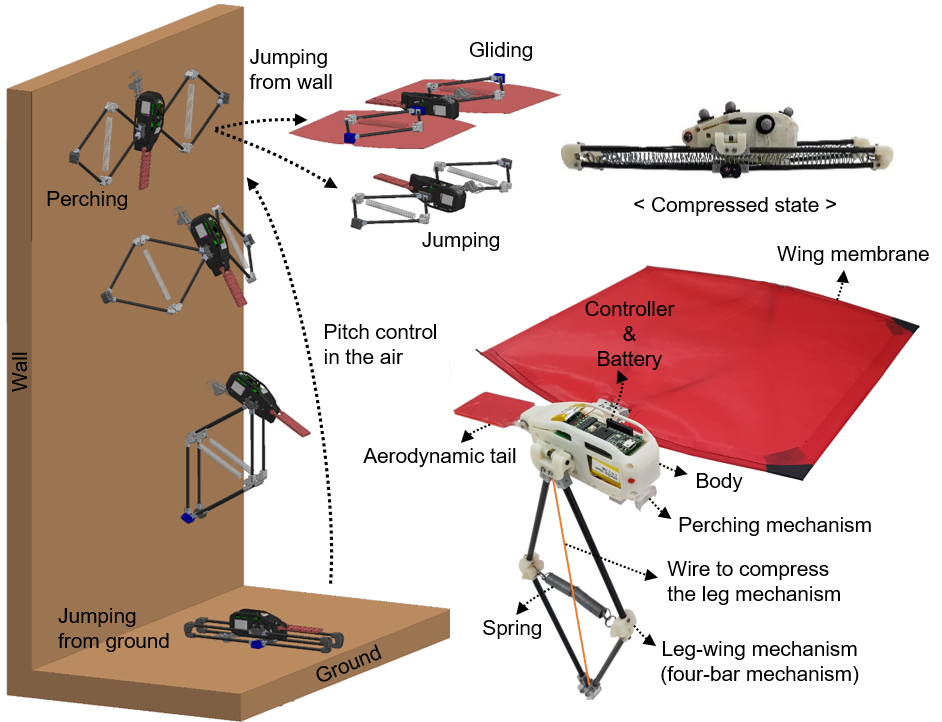Enhanced Flexible Mold Lifetime for Roll‐to‐Roll Scaled‐Up Manufacturing of Adhesive Complex Microstructures
Bioinspired Microstructured Adhesives with Facile and Fast Switchability for Part Manipulation in Dry and Wet Conditions
Smart Materials for manipulation and actuation of small-scale structures
3D nanofabrication of various materials for advanced multifunctional microrobots
Liquid Crystal Mesophase of Supercooled Liquid Gallium And Eutectic Gallium–Indium
Machine Learning-Based Pull-off and Shear Optimal Adhesive Microstructures
Information entropy to detect order in self-organizing systems
Individual and collective manipulation of multifunctional bimodal droplets in three dimensions
Microrobot collectives with reconfigurable morphologies and functions
Self-organization in heterogeneous and non-reciprocal regime
Biomimetic Emulsion Systems
Giant Unilamellar Vesicles for Designing Cell-like Microrobots
Bioinspired self-assembled colloidal collectives drifting in three dimensions underwater
Multimodal locomotion of bioinspired jumping-gliding robot (Multimo-Bat)

Mobility in unstructured environments is a significant challenge for robotic systems; however, there are creatures capable of operation in these environments. For example, flying squirrels, frogs, and snakes can jump from trees and glide to move to other trees. Woodpeckers can fly and perch on the bark. These integrated motions provide maneuverability to avoid danger from predators or obtain food. With the correct level of abstraction, these creatures can inspire designs that can improve the performance of their robotic counterparts.
The objective of this work is to design a single robotic platform and mechanisms for the motion integration from jumping, perching, and gliding motions. The benefit of our approach is that employing multiple locomotion strategies can significantly improve the mobility of systems operating in unstructured terrain. By utilizing an integrated approach for the addition of locomotion modes, the performance of individual modes can be preserved while reducing the additional structure and actuation required, therefore, improving overall system performance. We are also investigating the importance of an active tail in such multimodal locomotion systems to improve the robot stability and maneuverability. We are also adding perching, climbing and other locomotion modes to our MultiMo-Bat platform to challenge the robot design and control further.
Members
Publications

